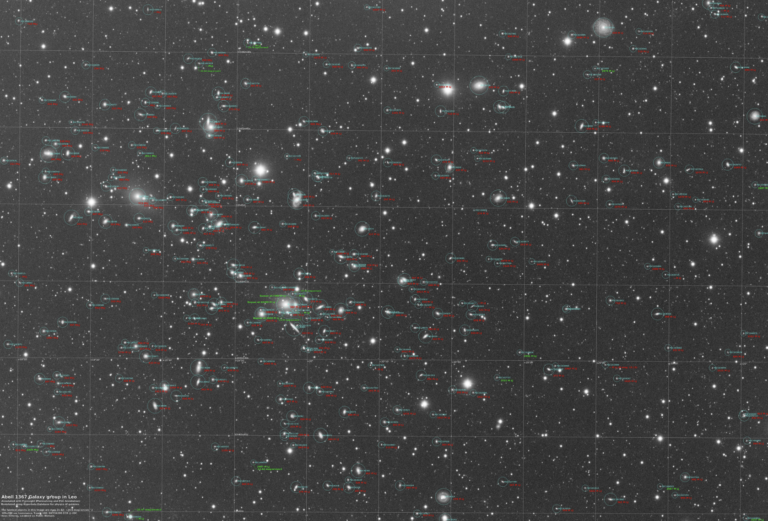1.
lines for my love
unlike those in relation parallel’d
we two are as lines intercepting:
therefore, covering more, we are close less,
yet, our separate distances upon the other
do not depend for measure,
and our facility to direction change
rests, perhaps, unparallel’d;
so let us love our intercepting lines
forgetting not that parallels
in touching doth self-negate.
2.
1 + 1 =
it depends:
there’s so much to consider:
i mean sometimes it equals 2
but what if one of them is negative
then you end up with nothing at all
and in base one
it equals 11
and anyway
perhaps the more important question is
what is 1 + 1
greater than
or less than
3.
functions and relations
it’s a question of quantity of you
you have one or you don’t have one
consider {(x,y) | x + y = x2+ y}
any value substituted for x
(you are the y)
will make the equation work
will it?
are you sure x and y
are real?
————-
relations involve pairs: (x, y)
what am i to you?
lover? buddy? partner?
therapist?
x is mapped onto y by the function
what am i for you?
nanny? secretary? maid?
does the function determine the relation?
or does the relation determine the function?
wrong questions —
they are each other
4.
why is the circle
the symbol of love?
because it’s never-ending
so is the square —
and it has corners to hide in.
5.
the shortest distance between two points
is not a straight line —
it is a line that detours dreams
lest it get caught or confused
in their multicoloured spirographics
and either change direction or never come out
it is a line that encloses broken promises
with the deliberation of an etch-a-sketch
before moving on
it is a line that arcs around conflict
and criss-crosses over canyons of pain
no, the shortest distance between two points
is not a straight line —
it is a line of curving tangents
that never connects
6.
they say the line is an illusion:
solid, continuous —
it is only points, here and there, seen together
make it seem so
how appropriate, therefore,
that we sign today
on a dotted line
7.
we were binary
an ordered pair of single values
and even as we grew complex
each of us a string of values
for a long time
we were even an identity
but then
exhausted by conflicts of range and domain
frustrations of circular functions
delusions of rational and transcendental functions
i attempted transformations —
but it always stayed the same.
through translation, rotation, reflection
it was always still the same thing, really.
but then what can you expect from such rigid motions?
so i stretched, and sheared,
mapping myself into new territory
— you didn’t even notice the ellipse —
broke open a bit
and found myself a perfect parabolic!
(i dream of hyperbolas
of becoming two by myself
each curve extending into infinity)
Originally published in White Wall Review 23 (1998)

